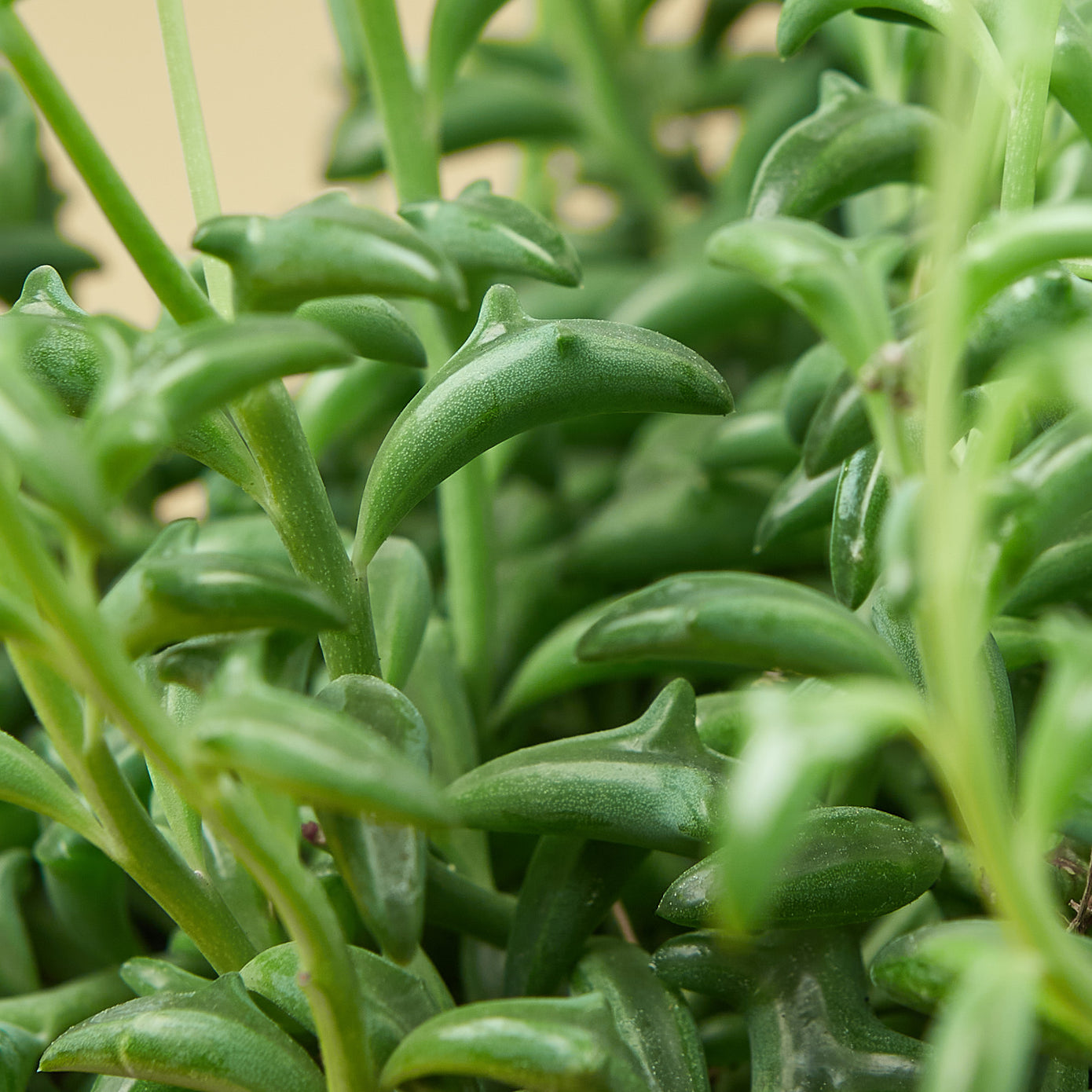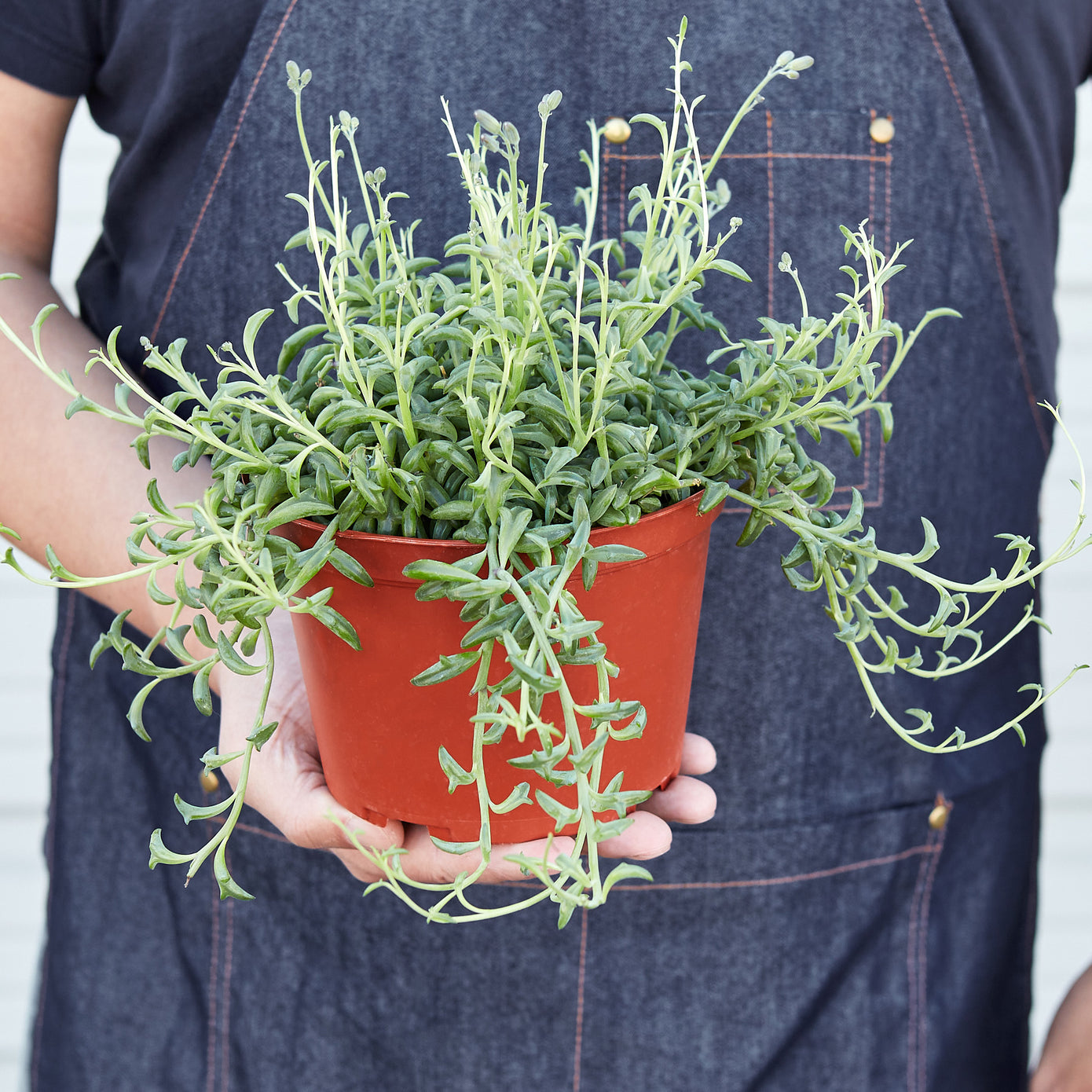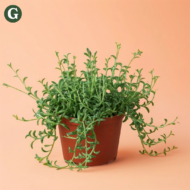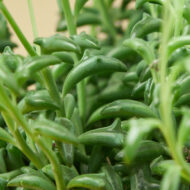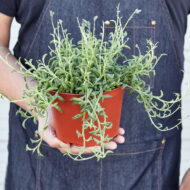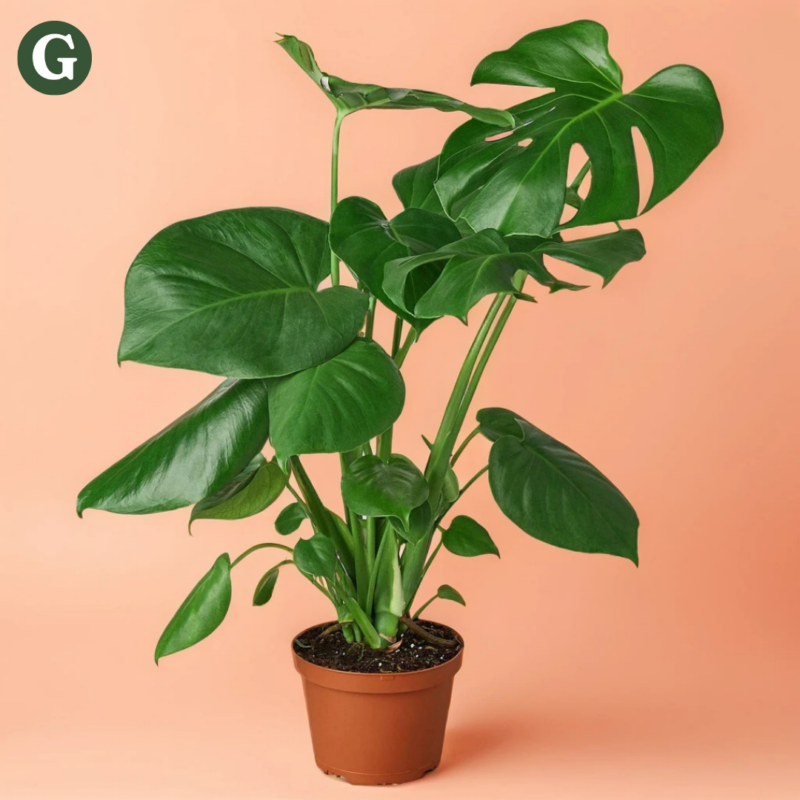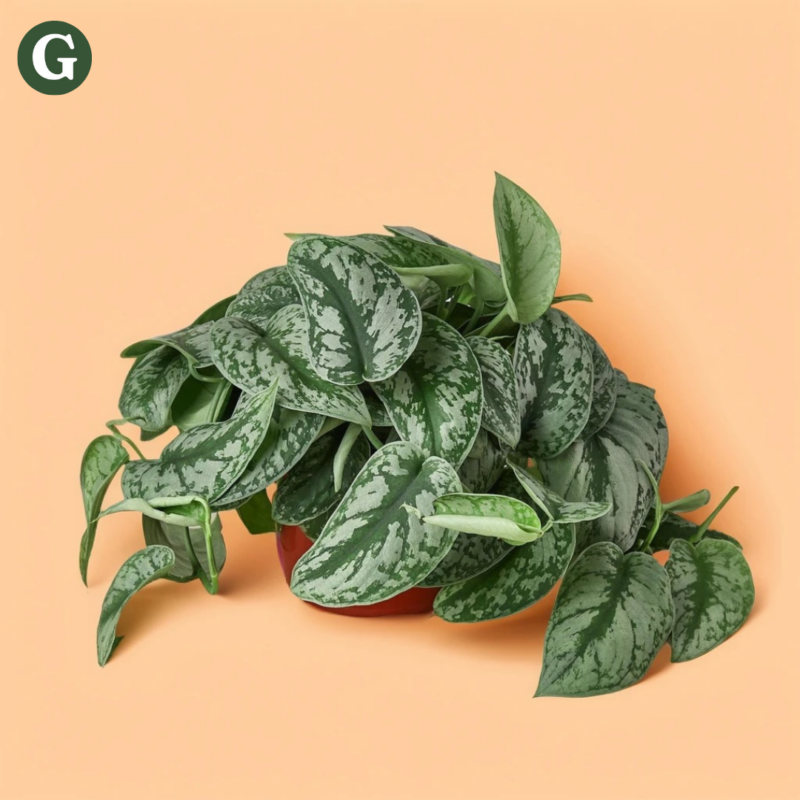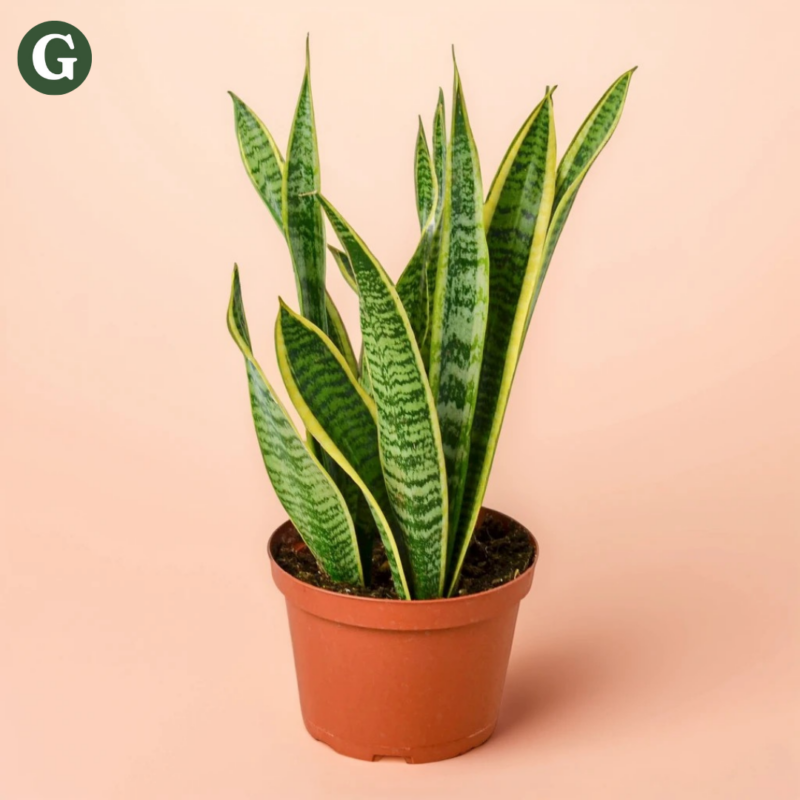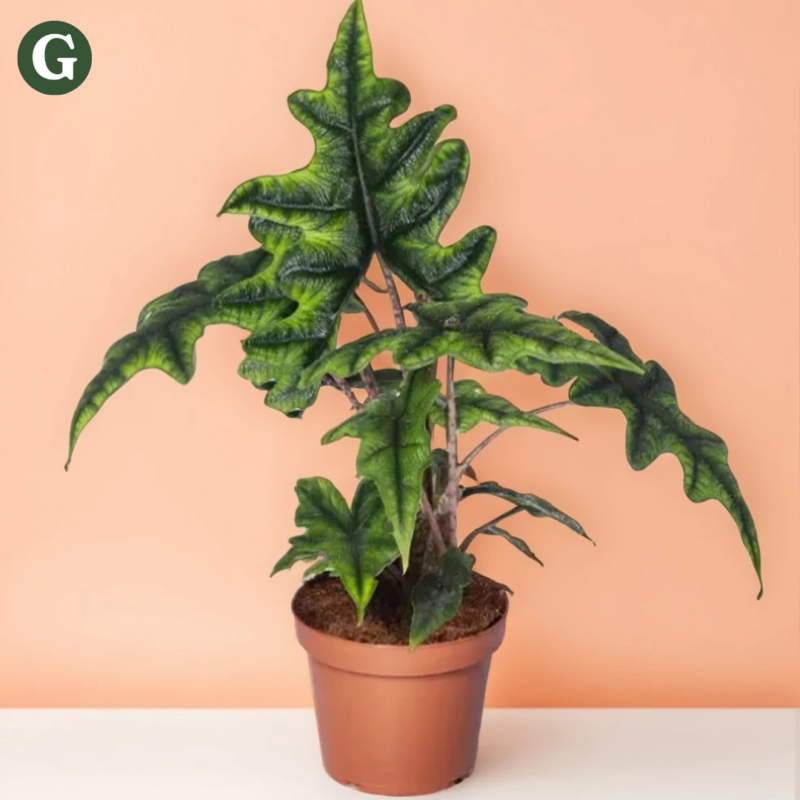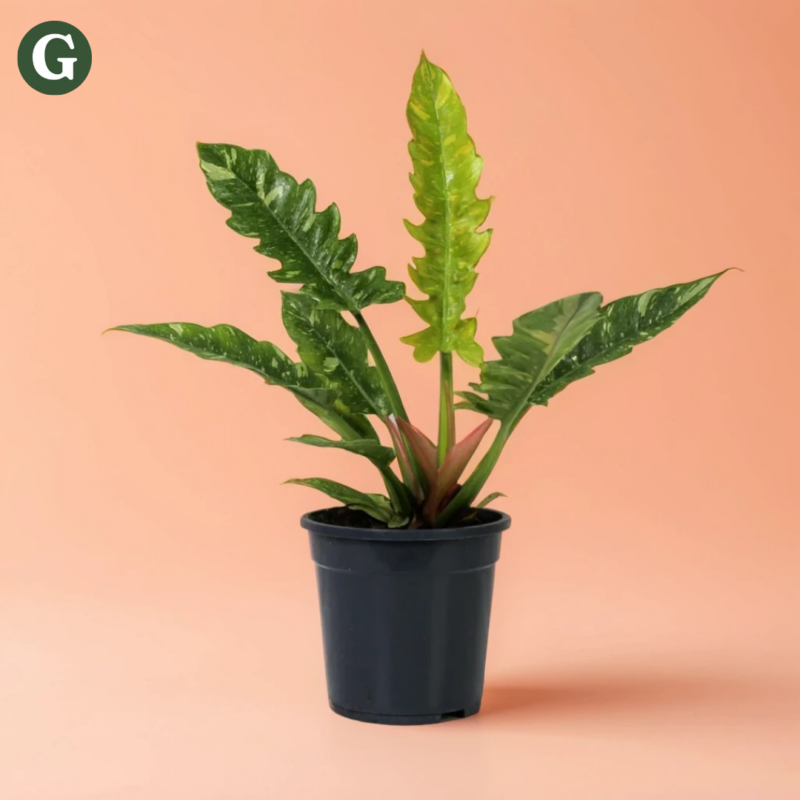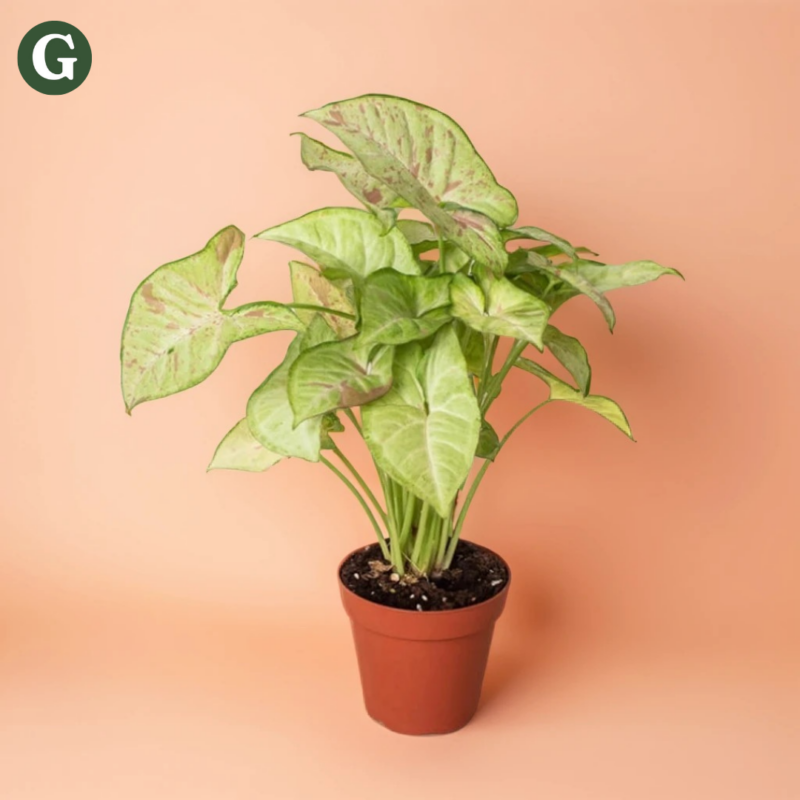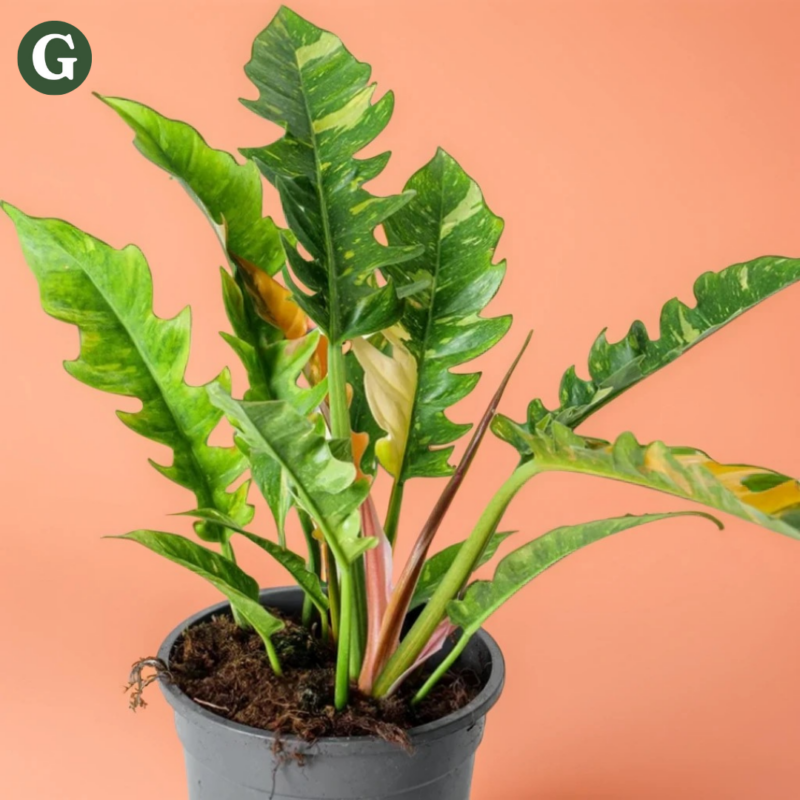Succulent String of Dolphins
Botanical Name: Ceropegia woodii var. String of Dolphins
Common Name(s): String of Dolphins, Dolphin Necklace, Ceropegia Dolphin Plant
The String of Dolphins Succulent is a rare and eye-catching succulent that gets its name from the distinctive shape of its leaves, which resemble jumping dolphins. Native to South Africa, this plant is beloved for its unique, playful appearance. The leaves of the plant are small, fleshy, and green, with the tips curving in a way that mimics the shape of dolphins leaping from the vine. This makes it a fun and quirky addition to any plant collection, often grown in hanging baskets or cascading from shelves, where the "dolphins" can be fully appreciated.
The String of Dolphins thrives in bright, indirect light but can tolerate some direct sunlight. However, prolonged exposure to full sun can lead to sunburned leaves, so it's best to provide the plant with filtered light or a location with partial shade. As a succulent, it prefers well-draining soil, such as a cactus or succulent mix, and should be watered sparingly. The plant is highly drought-tolerant, so it's crucial to allow the soil to dry completely between waterings. Overwatering can lead to root rot, so ensure the pot has excellent drainage.
This succulent is perfect for warmer indoor environments, with an ideal temperature range of 65-75°F (18-24°C). It does well in average humidity levels, but it’s important to note that it is not very tolerant of frost or cold temperatures. This plant is well-suited for low-maintenance gardeners, as it doesn’t require frequent watering or complex care.
Air Purifying Qualities:
- Toxin Removal: The String of Dolphins helps improve the air quality by absorbing common indoor toxins.
- Oxygen Production: Like other succulents, it absorbs carbon dioxide and releases oxygen, making it a beneficial addition to your home.
Note: The String of Dolphins is non-toxic to pets, making it a safe plant for homes with cats and dogs. However, it's always a good idea to keep plants out of reach of curious pets to avoid any unwanted nibbling.
Care Insights & Expert Tips
- Succulent Mix: For this succulent, a well-draining succulent soil mix is preferred as this soil mimics a dry desert environment.
- Fertilize sparingly: During the growing season, fertilize sparingly using a diluted succulent fertilizer. Avoid fertilization during the winter.
- Repot every 2-3 years: Repot every 2-3 years or when the plant becomes too large for its container.
- Drought tolerant: Like many succulents, this one is drought tolerant and can tolerate some neglect from busy plant parents. Water less frequently in the cooler months.

Visit our plant care library
Find essential tips to keep your plants thriving, vibrant, and healthy.

